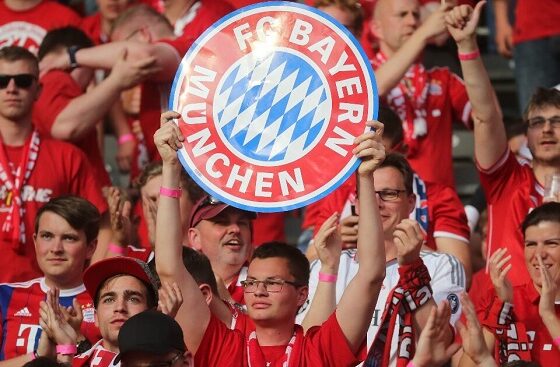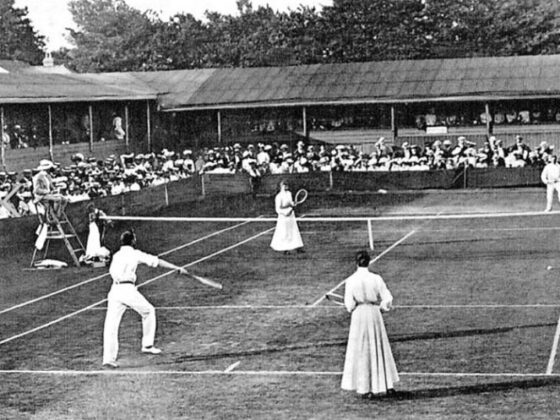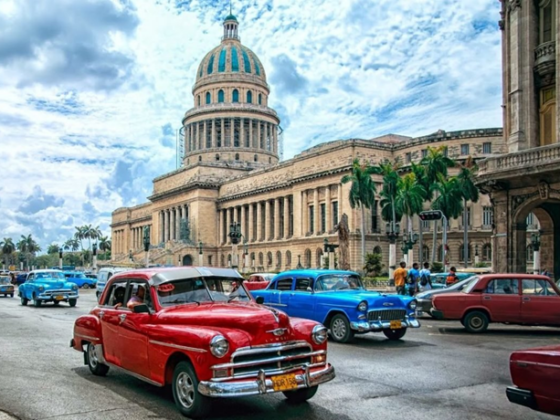In residential buildings in the annexed Moscow territories, the authorities conceived the use of a system of fankels, with which the premises will be cooled. This was told by Tatyana Fokina, general director of the innovative center of the capital of MOEK.
At first, such a system is carefully tested in new buildings of the attached territories, and then it will be introduced on the rest of the capital. Its features include the fact that the compressors of the cold will serve the residents of houses with many apartments through the heat supply system, in which, instead of the usual heating radiators, fangeals will be mounted.
Chilled water will come to Fancoils installed in apartments, replacing familiar radiators. In this case, the need to install electric air conditioners completely disappears.
The need to develop a full -fledged urban planning plan
To create a full -fledged system of centralized non -electrical refrigeration, a thorough development of the urban planning plan will be required. After the start of the launch of this system, the possibility of implementing it within the old limits of Moscow will be considered, Fokina emphasized.
This innovation is very beneficial for consumers, because they will not need to purchase expensive air conditioners, and then pay for electricity. Fancoil will replace the radiators to let hot water through themselves in winter, and in the summer heat – cold.
Such an innovation is an innovative technology, the analogues of which are not in our country yet.
Similar materials:
In the suburbs of the capital and St. Petersburg, there is currently active construction, however, the first time this construction was carried out chaotic and with some violations.
Bustle, which is observed, as well as an increase in rental rates affected the price of objects in Dubai.
The other day, Russian builders completed the construction of tunnels in Tel Aviv, which are held for the first national high-speed line of the railway.
The volume of investment in the low -rise quarter “Butovsky Alleys”, the construction of which reached the final stage in New Moscow, is about ten billion Russian rubles









